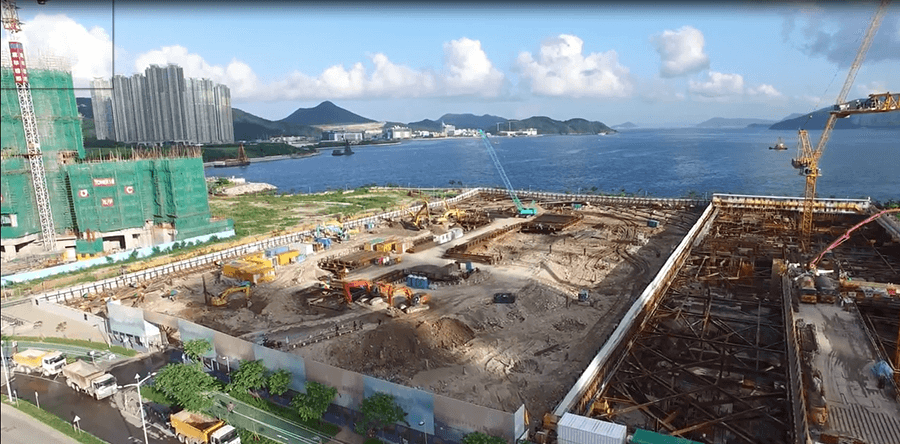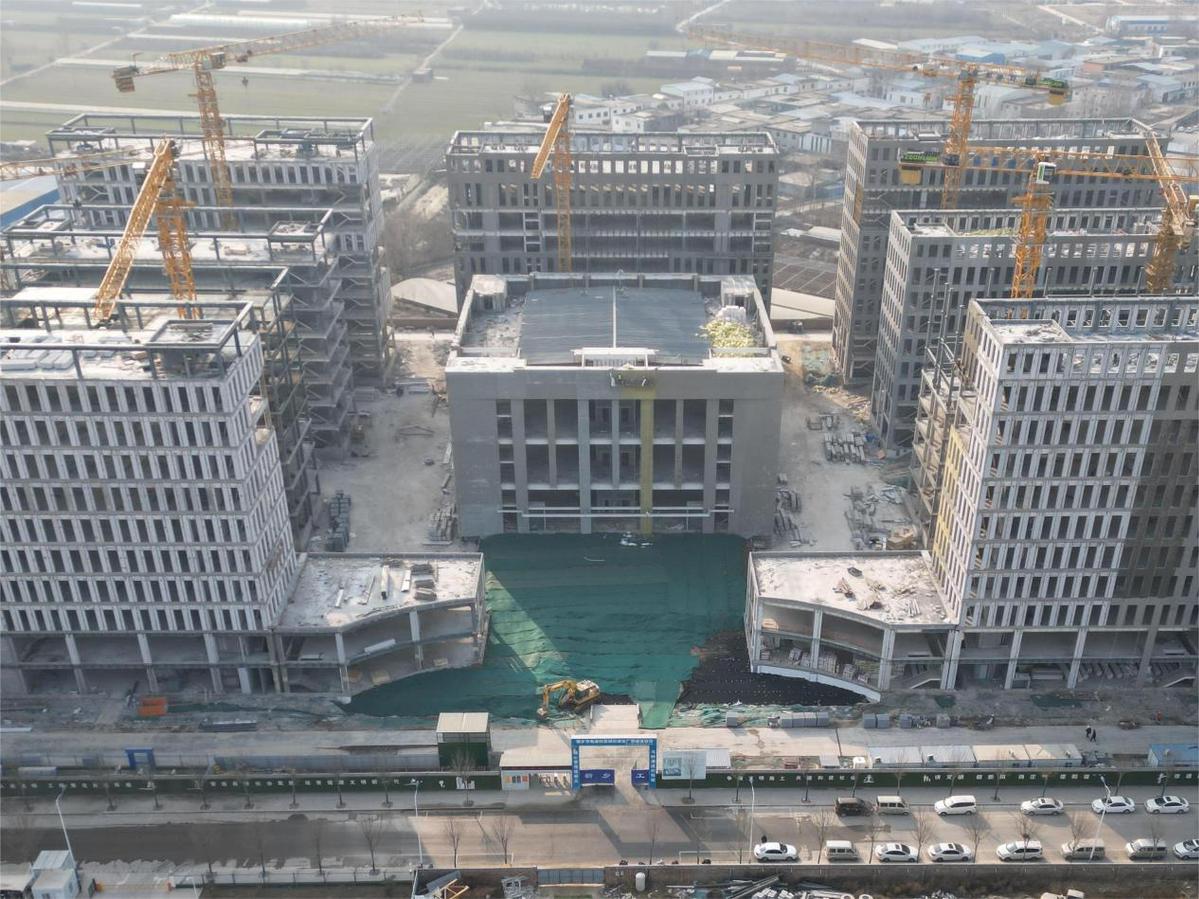Drone technology is playing a key role in redefining how we maintain, build and design properties. Aerial drones have accelerated technological advances in architecture, aerial photography has become an asset to architects' building projects, and drones have taken on a whole new dimension in engineering and architecture.
In the commercial context of engineering and construction, drones present significant opportunities to improve quality, reduce costs, improve decision-making, and mitigate safety risks in construction projects.

Drones can serve multiple purposes for architects and homeowners, such as observing construction projects from various angles and heights, such as precise views, shapes, and structures of building roofs.
Drones can also perform building condition inspections for renovation projects, structural diagnostics, and the accuracy of the display is much higher than that of Google Earth.
 |
Centimeter-Level & High-Precision Positioning System No GCP Required | 8K 0.8" CMOS 50MP | 640*512 thermal imaging camera |
Check the price of Autel EVO II 640T RTK V3 on Autelpilot
5 Uses of Drones in Engineering and Construction
Site Analysis and Surveying
Drones equipped with high-resolution cameras and sensors can capture detailed aerial images and data of the project site. Architects can use this data to analyze the topography, vegetation, and surrounding structures. It helps them gain a better understanding of the site context, which is crucial in the early stages of architectural design.

Design Inspiration and Visualization
Aerial photography and videography captured by drones provide architects with a unique perspective of the site and its surroundings. These visuals can serve as a source of inspiration for design concepts. Additionally, drones can create 3D models and virtual reality representation s, allowing architects to visualize how their designs will appear in the context of the site and its surroundings.
Monitoring Construction Progress
Drones enable architects to monitor the construction process and track progress. Regular aerial surveys can provide an overview of the site, helping architects assess if the construction aligns with the design plans. Drones can also capture images and videos to document the constr uction timeline and identify any issues or deviations that need to be addressed.

Building Inspections and Maintenance
Drones can assist in building inspections, especially for large or complex structures. They can be used to inspect building facades, roofs, and other inaccessible areas without the need for manual intervention. Drones equipped with specialized cameras and sensors can identify str ductural anomalies, moisture intrusion , or other maintenance requirements, thereby aiding in proactive maintenance planning.
Marketing and Presentation
Aerial footprint captured by drones can be utilized for marketing purposes. Architects can showcase their designs and completed projects through compelling videos and images, providing clients with a more immersive experience. These visual materials can be used in presentations, portfolios, websites, and promotional materials to attract potential clients and stakeholders.

Summarize
Drones bring efficiency, accuracy, and novel perspectives to the architectural process. They streamline data collection, enhance visualization capabilities, and provide valuable insights throughout the various stages of design, construction, and maintenance. Architects can leverage age drone technology to improve their workflow, make informed decisions, and create innovative and sustainable architectural solutions.
Related More:
Advantages and Disadvantages of Construction Drones
What is The Role of Drones in Urban Planning and Architecture?








